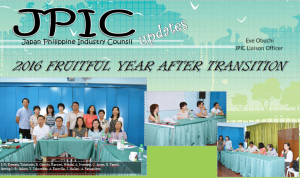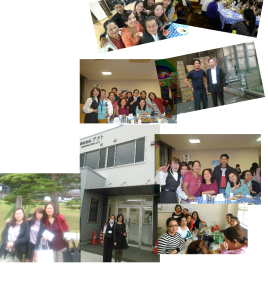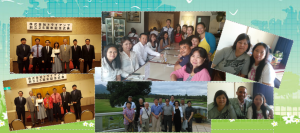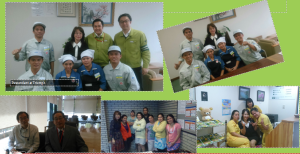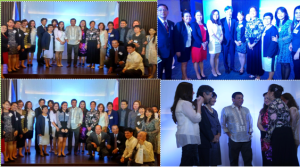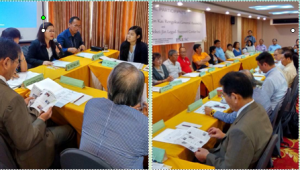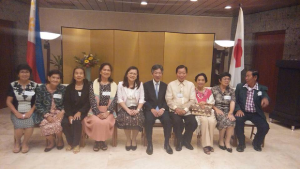 As the saying goes, when it rains, it pours profusely.
As the saying goes, when it rains, it pours profusely.
2016 had been quite a fruitful and memorable year. We started the year with a momentous event, that of meeting with Their Majesties, the Emperor and Empress of Japan. All 2nd generation or Nisei coming from different cities in the Philippines were grouped at the lobby of Sofitel, Metro Manila, where they were privileged to converse with Their Majesties who appreciated their presence and acknowledged them to have been the bridge of the two countries, Japan and the Philippines. We have maintained the cordial relationship of the two countries as the nikkeijins continue to contribute to the progress and development of our country.
Then in May 2016, the Embassy of Japan visited various cities in the Philippines and conducted interviews of the 2nd generation or Nisei as to their affiliation with their Japanese forefathers. Davao City was the first place visited by no less than the Counsellor and First Consul of the Embassy of Japan, Hon. Consul Susumu Tsuda.
We also successfully observed the General Assembly of the Philippine Nikkei Jin Davao City Chapter on May 14, 2016, with the active participation of members mostly from the far-flung areas.
The officers of the Philippine Nikkei Jin Kai, Davao City Chapter together with some members in Baguio City attended the 57th Convention of Nikkei and Japanese abroad in Tokyo, Japan where our Rengokai President Ines P. Mallari was given the opportunity to share the educational program of our institutions in Davao City.
Later in the year, on November 11, 2016, the General Assembly of Philippine Nikkei Jin Kai Rengokai was held in Manila, and the participants were privileged to be invited by HE Ambassador Kazuhide Ishikawa at his residence. There were Philippine government officials who were invited to the Welcome Party hosted by Amb. Ishikawa, and exchange of pleasantries took place between the Nikkeijins and the said officials.
Finally on December 1, 2016, the PNJK Officials and different heads of the PNJK Family were invited to attend the Emperor’s Birthday or the National Day of Japan at SMX Convention Center which was hosted by HE Ambassador Kazuhide Ishikawa. The special guest of honor was no less than the President of the Republic of the Philippines, President Rodrigo Roa Duterte. All nikkeijins who were around had the privilege to have a photo opportunity with President Duterte, who was so gracious in accommodating the request of the PNJK Davao City Chapter to have a photo opportunity with him.
In year 2016 there were four (4) approved shuuseki petitions. The lucky members of our association who now are equipped with their family registration are: Francisco Asajiro Okamoto, Nicanor Fujikawa, Victorio Itou and Felicitas Toyoda.
While we are ecstatic with the rare occasions earlier mentioned, we are saddened by the death of one of our generous and steadfast supporter as far as our education program is concerned, in the person of Mr. Tatsuo Uchida, the foster father of our official Mrs. Ines P. Mallari and adopted brother of Ret. Judge Antonina B. Escovilla. He was the biggest contributor to the progress and development of PNJK Family and may he rest in peace with his wife Ayako Uchida.

Ret. Judge Antonina B. Escovilla
PNJK Inc., President




